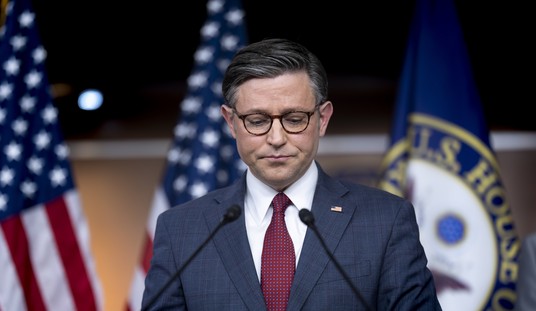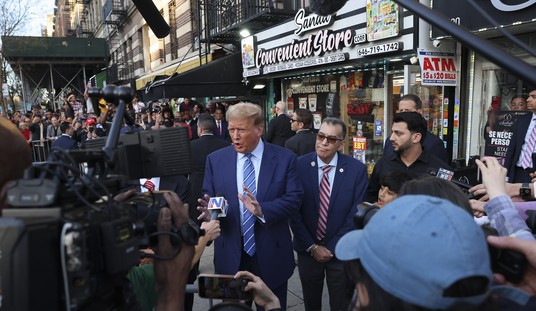The leader of the world's largest democracy met with President Trump this week. Prime Minister Narendra Modi became the first state guest to be hosted for a dinner with President Trump at the White House. Largely ignored by mainstream media, this state visit was of profound significance to the future of a billion people in India.
For Modi, the change of guard at the White House could only have meant a renewal of hope for his country's ambitious energy goals. His correspondence with the president, during a week that the White House termed "Energy Week," is no surprise.
The writing was on the wall—India wants to push its economic engine higher and stronger.
Central to India's economic growth is its energy production, which faces opposition from the global climate alarmist movement. And this is where Modi has found a new friend in his US counterpart.
The mainstream media painted the two leaders as having major disagreements regarding the US pull-out from the Paris agreement. They even suggested that the climate-change issue would dominate the talks.
The media's misconception comes from poor understanding of India's commitment to the Paris agreement. The country's binding Intended Nationally Determined Contribution (INDC) reveals that the country is free to safeguard itself from any major constraints on the development of conventional energy sources like coal.
In 2017, the country produced 554.1 million tons of coal. India has set a coal production target of 600 million tons for 2018 and is in the process of constructing new coal production sites.
Piyush Goyal, Minister of State for Power, Coal Mines, New and Renewable Energy, has repeatedly insisted that India is pushing for an increase in its coal output. His stance is obvious because coal is the most abundant source of electricity in India. Thermal power provides abundant, affordable, reliable energy, especially electricity. Seventy-two percent of India’s 1118 TWh electricity comes from coal-fired plants (2014).
Recommended
In contrast, the ambitious renewable energy 2022 target of 175 GW set by the government is intermittent and will contribute only a small fraction (0.016% of the 2014 total) of India’s electricity needs. This is insufficient to meet the energy demands of a growing economy where 300 million people lack access to uninterrupted power supply.
The Paris agreement has its origins in the inputs provided by the United Nations Intergovernmental Panel on Climate Change (IPCC). The IPCC’s periodic Summary for Policymakers, based on its periodic assessment reports, has been the single authoritative document used for the justification of restrictive energy policies imposed on India and other nations.
India’s call for its energy independence should be strongly supported by the growing evidence against climate alarmist propaganda, the science of which is manipulated by the IPCC.
The lack of scientific credibility for climate alarmism has been a widely recognized situation in scientific circles. The role of carbon dioxide and the misconceptions regarding its impact on temperature levels, the extent of warming in the past 100 years, the discrepancies between climate model projections and real-time temperatures, the political bias within the IPCC’s scientific committee—all are well-established facts.
Even the staunchest climate alarmists have now agreed that there is no dangerous warming as previously estimated by the IPCC’s faulty models. And even if the models had predicted the temperatures accurately, they have no means of distinguishing warming induced by humans from warming caused by nature.
India cannot afford to risk its industrial growth in response to uncertain, pseudo-scientific agendas promoted by political bodies. The poverty level in India requires the country to propel its economy using major developmental plans, and the energy sector plays a vital role.
Thus India’s case for a Paris pull-out is stronger than ever. India should follow the footsteps of the US, the world’s energy powerhouse, and India’s Asian neighbor the Philippines. In doing so, the country will set a precedent for other developing countries on how to prioritize and re-structure their energy policies based on developmental goals.

























Join the conversation as a VIP Member